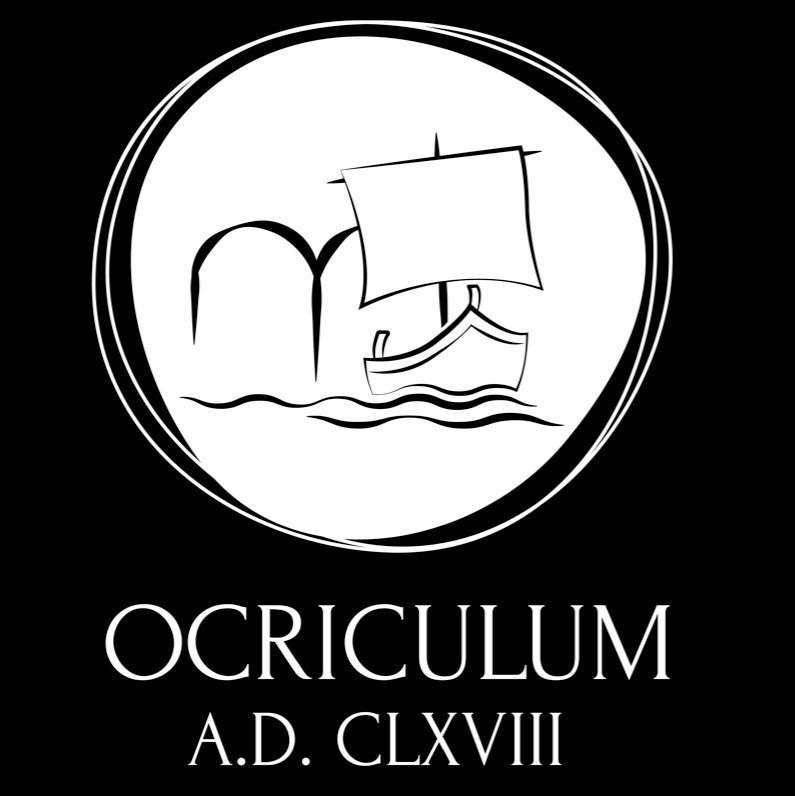Ocriculum, which was originally an Umbrian settlement situated on the hill where the modern Otricoli is now to be found, was reconstructed during Roman times in the valley, in closer proximity to the Tiber river. Noteworthy ruins of public buildings of this important Roman city have been known to exist since the Renaissance. Since the end of 18th century, this ruins have been excavated and an enormous quantity of works of art and inscriptions has been brought to light. Among these works, we would like point out the famous Jove and the mosaics of the Baths, which, among many other finds from the city, are now in the care of the Museums of the Vatican.
Allthough many monuments have been brought to light up until now, the lay-out of the city is still very uncertain because of the lack of systematic excavation work. Nothwithstanding this fact, the complex of the visible ruins is truly impressive. Among the monuments dating back to Augustean times, those which are certainly the most important are the notably well-preserved Theater, the Amphitheater and an impressive arched construction which supported one of the city’s most important monuments, perhaps the Capitolium.
The Baths, at one time richly decorated with mosaics, however date back to to the 2nd century. These Baths are very particular in that they were constructed on an artificial plattform which was formed by inserting the San Vittorio stream which now is to be found underneath, in a subterranean passage.


Comment (0)